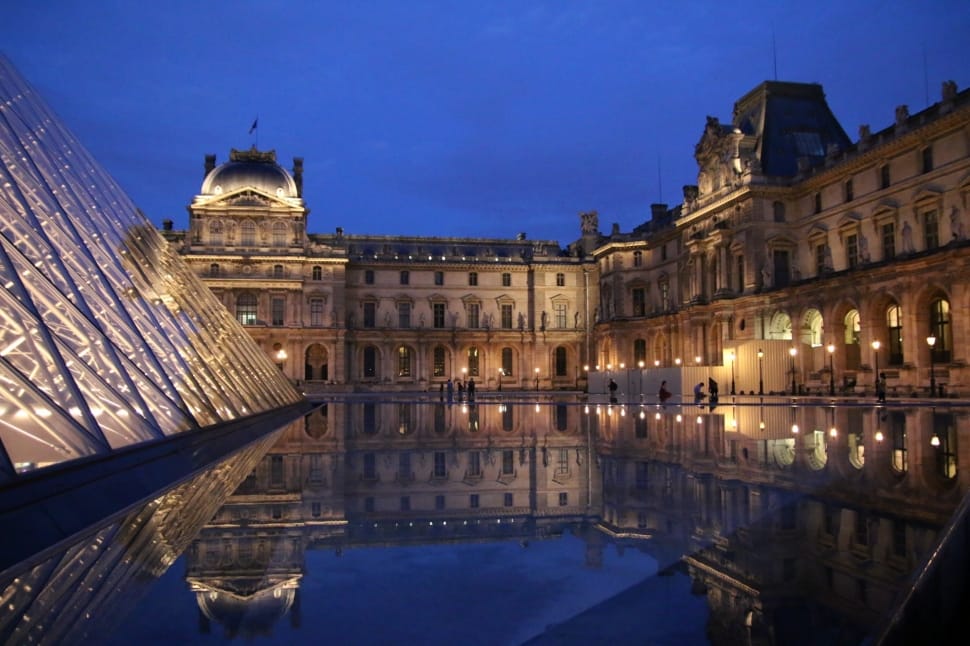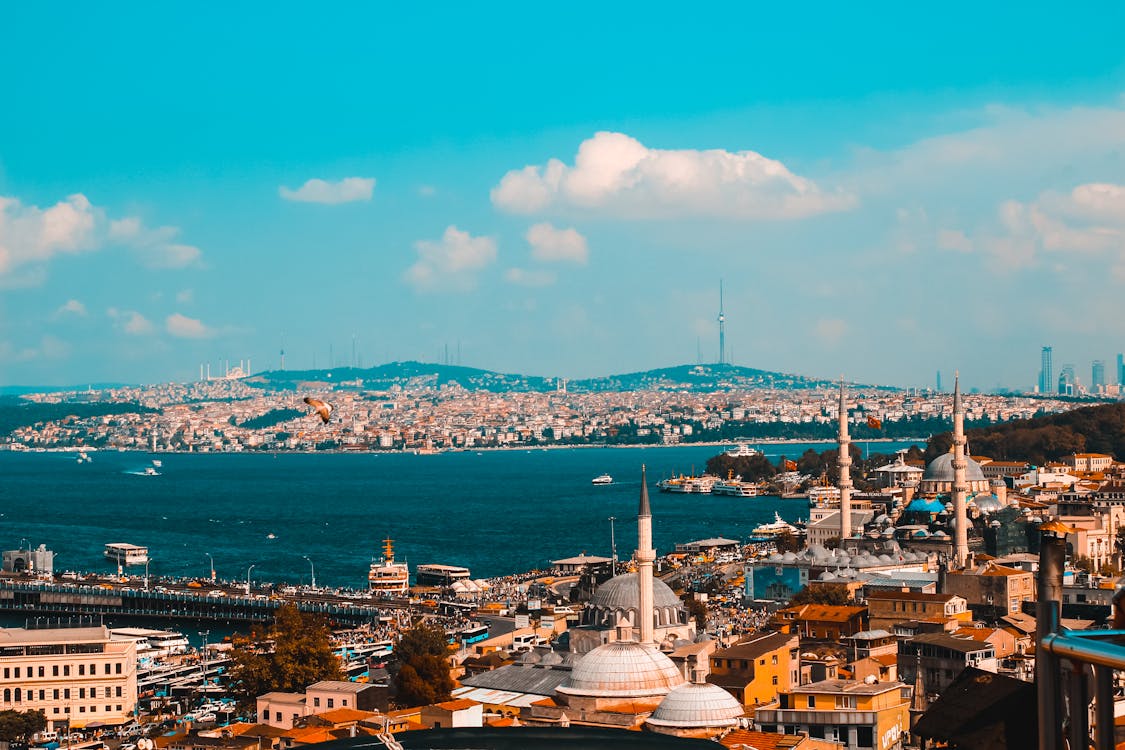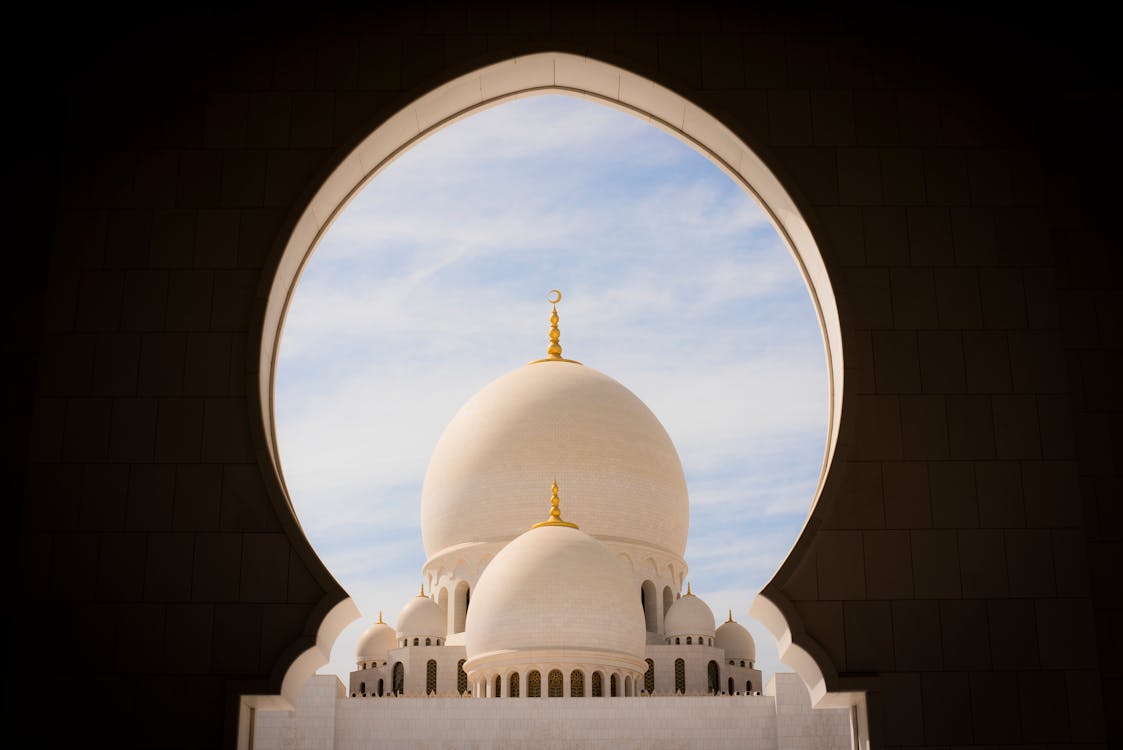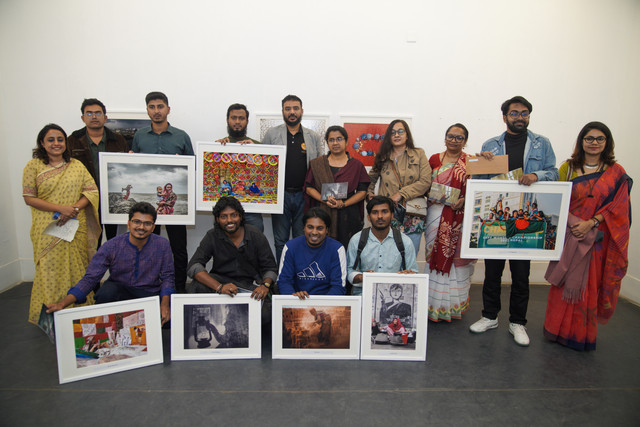Nestled in the fertile delta of the Ganges, Brahmaputra, and Meghna rivers, Bangladesh is a nation that embodies a rich tapestry of culture, history, and natural beauty. With a population exceeding 160 million, it stands as one of the most densely populated countries in the world. Despite its relatively small size, Bangladesh has made significant strides in various domains, demonstrating resilience in the face of challenges and embracing opportunities for growth and development.
Historical and Cultural Heritage:
Bangladesh boasts a history that spans ancient civilizations, including the Maurya and Gupta empires. Its cultural heritage is deeply intertwined with the Bengal region, celebrated for its literature, art, music, and vibrant festivals. The Bengali language, with its poetic richness, played a pivotal role in the language movement of 1952, eventually leading to the recognition of Bengali as one of the official languages of Pakistan and, later, the independence of Bangladesh in 1971.
Independence and Liberation:
The quest for self-determination culminated in the Liberation War of 1971, a pivotal moment in Bangladesh’s history. The nation, then East Pakistan, sought autonomy from West Pakistan, resulting in a brutal conflict and eventually the birth of an independent Bangladesh on December 16, 1971. The war, marked by the sacrifice of countless lives, is commemorated annually as Victory Day, symbolizing the triumph of freedom and the resilience of the Bangladeshi spirit.
Geography and Environment:
Bangladesh’s geographic location is characterized by its low-lying delta, prone to annual monsoons and riverine flooding. While these natural features contribute to the country’s agricultural fertility, they also pose challenges, especially with climate change-induced sea-level rise. Bangladesh has been at the forefront of global discussions on climate change, emphasizing the need for sustainable development and adaptation strategies.

Photo: Jubair Bin Iqbal
Economic Progress and Challenges:
Over the past few decades, Bangladesh has experienced notable economic growth, with a focus on the garment industry, remittances, and agricultural exports. The ready-made garment sector, in particular, has become a key player in the global market. However, economic progress is accompanied by challenges, including infrastructure development, income inequality, and the need for diversification to ensure sustained growth.
Social Development and Human Rights:
Bangladesh has made strides in social development, with significant improvements in healthcare, education, and gender equality. Initiatives such as microfinance programs have empowered women and fostered entrepreneurship. Despite these advancements, the nation grapples with issues like child labor, human trafficking, and political unrest, necessitating ongoing efforts to address social challenges and protect human rights.
Cultural Diversity and Harmony:
Bangladesh is renowned for its cultural diversity, reflected in its numerous ethnic communities, languages, and traditions. The harmonious coexistence of various religious and ethnic groups contributes to the nation’s cultural vibrancy. The annual celebration of festivals like Durga Puja, Eid-ul-Fitr, and Pohela Boishakh showcases the unity in diversity that defines Bangladesh.
Emerging Opportunities and Global Partnerships:
In recent years, Bangladesh has emerged as an attractive destination for foreign investment and trade. The government’s focus on infrastructure development, technological innovation, and business-friendly policies has fostered a favorable environment for both local and international enterprises. Bangladesh’s strategic location and growing economic potential make it an important player in regional and global affairs.
Bangladesh, with its resilient spirit and commitment to progress, continues to navigate the complex tapestry of challenges and opportunities. From its historical struggle for independence to its present-day economic growth and cultural richness, Bangladesh stands as a testament to the strength of its people. As the nation forges ahead, embracing sustainable development practices and fostering global partnerships, it holds the promise of a future defined by resilience, diversity, and prosperity.










